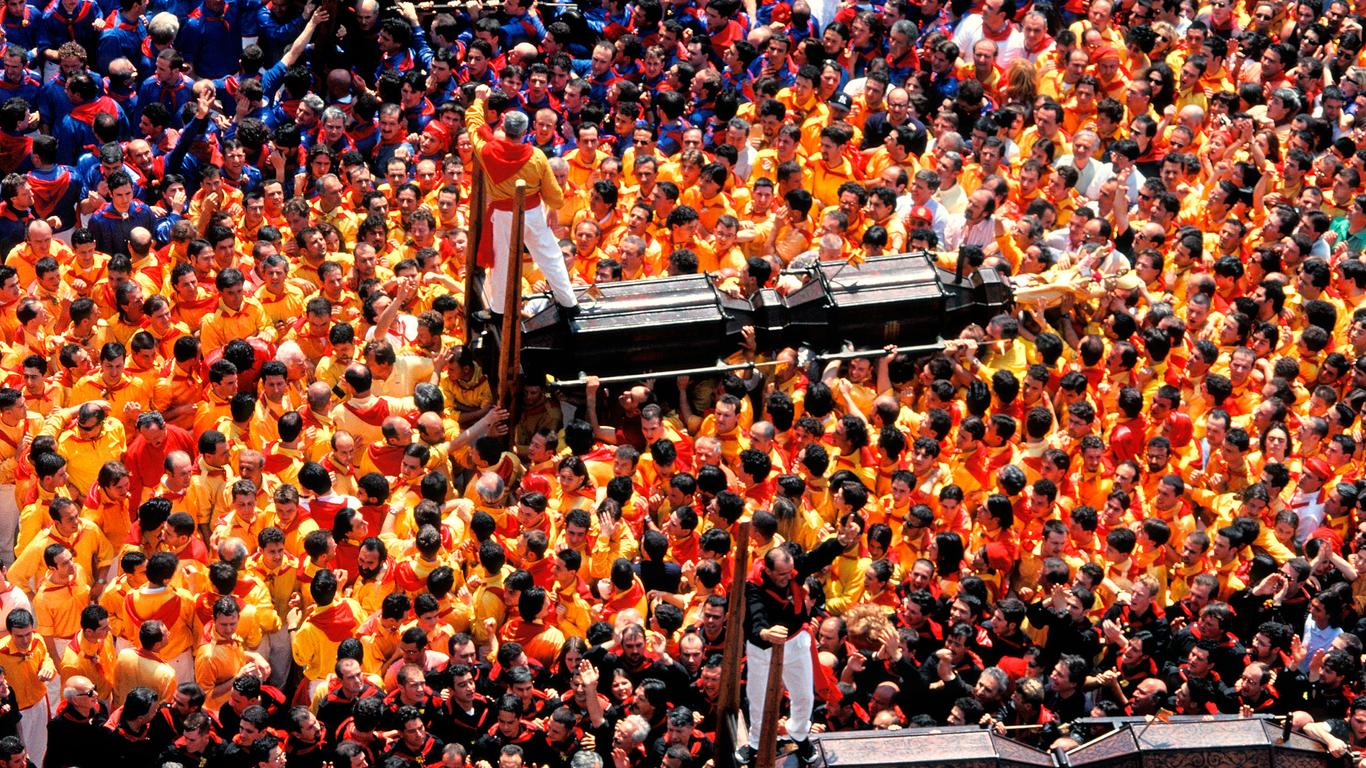Dating back to the Etruscan period, Gubbio is an ancient town in the Umbria region of central Italy. It’s nestled on the slope of Mount Ingino, which forms part of the Apennines, with the hills above the town occupied as early as the Bronze Age. Gubbio became an important town before the arrival of the Romans, who built one of the largest surviving amphitheatres in the world.
Things to do in Gubbio
For a dose of local history, visit the Gothic-style Palazzo dei Consoli, which has acrenellated silhouette overlooking Piazza Grande. It houses local artefacts dating from prehistoric times to the 20th century, with a highlight being the seven inscribed bronze slabs known as the Iguvine Tablets. Also of note is a 14th-century painted crucifix and an iron cage once used for publicly humiliating criminals.
Don’t miss the Teatro Romano, an ancient amphitheatre erected by the Romans in the 1st century BC. Admire its brick colonnades and limestone arcades before getting up close to archaeological findings from across the region in the antiquarium. During the summer months, the Teatro Romano hosts performances of Greek tragedies.
Be sure to ride the Colle Eletto cable car, which ascends the slopes of Mount Ingino to the Basilica di Sant’Ubaldo. It offers sweeping views across Gubbio and the surrounding valley, as well as the Appenine Mountains. Admire the basilica’s stained-glass windows and religious paintings before relaxing over a meal at the Ristorante Bar La Cia.
Getting around Gubbio
Gubbio is around 40 minutes’ drive from Perugia and San Francesco d'Assisi Airport, which has flights to destinations across Europe. Regular buses connect to Gubbio and the town centre is compact enough to explore on foot. A cable car ascends from Gubbio to the top of Mount Ingino.





